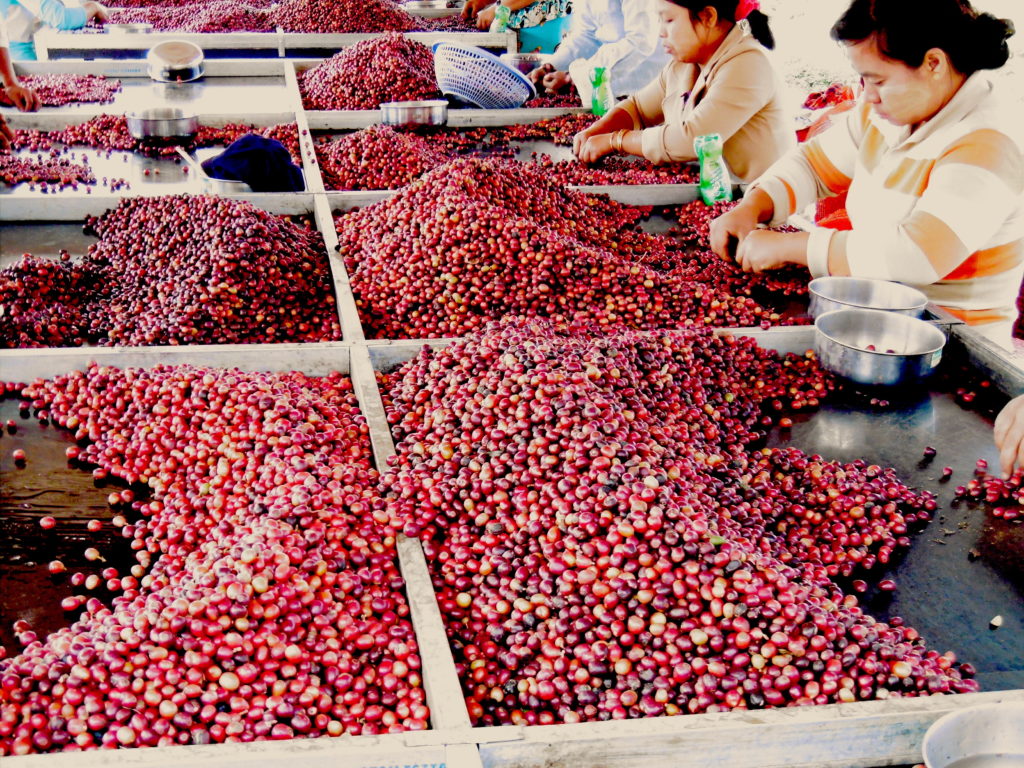 “You may not think about politics, but politics think about you”. The quote was stated by Aung San Suu Kyi, Burmese politician and Nobel Peace Prize winner, portrayed by Michelle Yeoh in 2011 film “The Lady”.
“You may not think about politics, but politics think about you”. The quote was stated by Aung San Suu Kyi, Burmese politician and Nobel Peace Prize winner, portrayed by Michelle Yeoh in 2011 film “The Lady”.
Republic of the Union of Myanmar is an independent state in Southeast Asia that went from Imperial rule controlled by the King to occupied British colony that was annexed in 1886 to its independency that run from 1948 to 1962. From 1962 to 2011 Myanmar was under ruthless military rule that due to economic mismanagement and political oppression turned country into the less visited nation with sanctions imposed by the world’s leading powers.
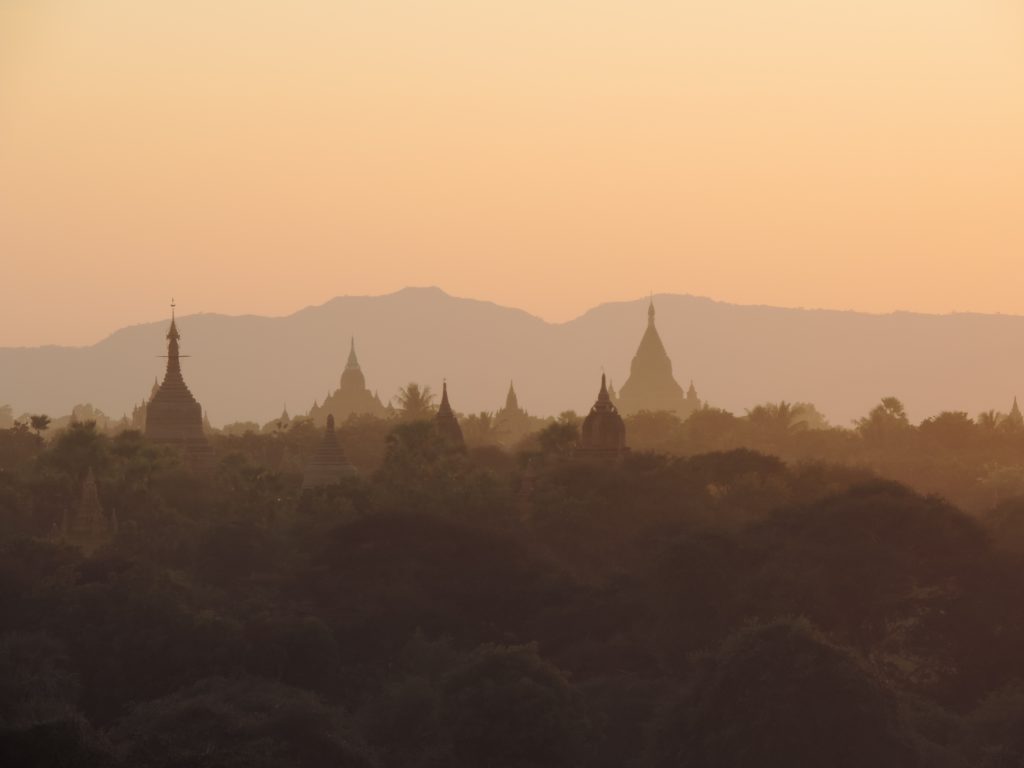
Today Myanmar is the most vibrant and colorful country with more tourists entering this nation in order to learn the mystic past and modern present of this Buddhist dominated nation. Besides jade, gems, oil and natural gas, Myanmar recently went on the map of specialty coffee scene when the first samples were introduced back in 2016 cupping gathering at La Colombe in Philadelphia with collaboration of Winrok International, Atlas Coffee Importers, USAID, and CQI represented by Andrew Hetzel.
Before coming to Myanmar I knew little about this country situation after political climate shifted to more milder and approachable way of discovering the nation that rapidly went from poverty into modernization on the global scale. Yangon as former capital of Myanmar is very hot and humid and makes it very unpleasant to wander around not to feel sweaty and tired, nevertheless, lovely and welcoming to be mesmerized by gorgeous pagodas surrounding the former capital.

Specialty Coffee Market of Myanmar
My main goal was to understand and learn from the first hand about the specialty coffee market of Myanmar, its present and future, and efforts implemented by Winrok International along with USAID to change the practice of better agricultural development, and the initiative to help local coffee farmers to earn more and produce the best out from the industry Myanmar could offer. After spending 2 days in Yangon, I booked myself an express bus to Mandalay, former royal capital located in the north of Myanmar with about 9 hours comfortable bus ride. From Mandalay I had to take a two hour taxi ride further north to Pyin Oo Lwin, a scenic hill town in Mandalay division, located in the Shan highland where most of great Myanmar coffees come from. The place is absolutely picturesque, lovely, with cooler climate then Yangon, peaceful with charm of former British rule. I got in touch with major coffee producer in that area, Sithar Coffee that were kind enough to embark with me on the journey of discovering the best of Myanmar coffee. I met with Sithar Managing Director, Min Hlaing who was with me throughout of my stay in Pyin Oo Lwin area to allow me to observe as much as information I could to have a better picture of work involved around coffee estates of the region.
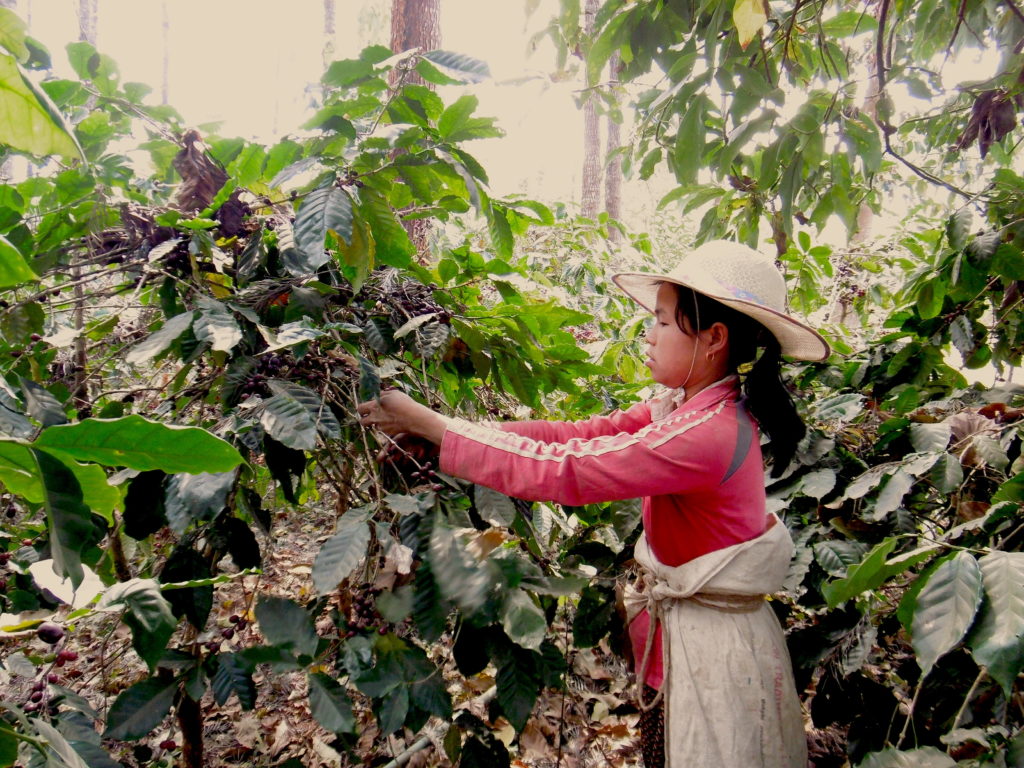
What exactly happening in Myanmar coffee industry? According to Winrock International the USAID-funded Value Chain for Rural Development project integrates smallholders and poor rural household into competitive commercial value chains to increase productivity and achieve agricultural growth. It is a five year project that started in 2014 and ends in 2019. The main goal is to improve the way coffee picked, processed and eventually marketed in order to attract broader international audience with purchasing ability for coffee to be exported around the globe. Improving quality from production and processing through cupping, with the goal of producing high value specialty coffees for global market is one of the main goal of organizations like Winrock and USAID to be part of the revolutionized industry that previously left unattended due to political instability.
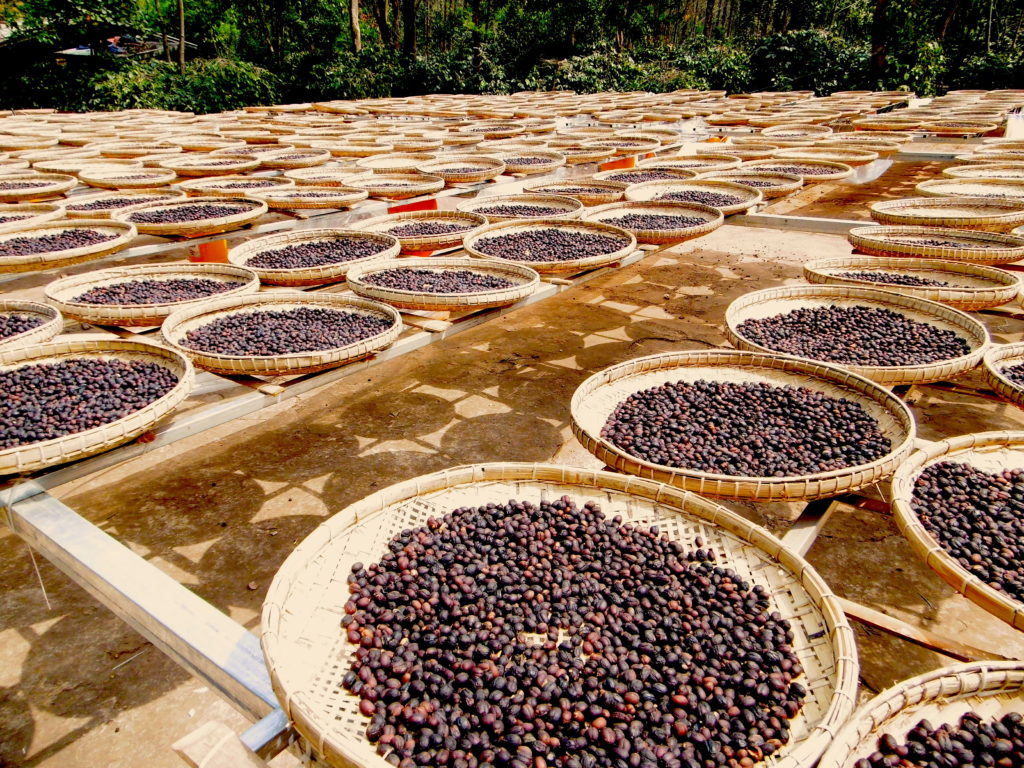
Coffee was introduced to Myanmar by missionaries in 1885, mostly Robusta but in 1930 Roman Catholic missionaries brought Arabica coffee that was planted along the Southern/Northern Shan state and Pyin Oo Lwin district. According to the 1940 report from the Department of Agriculture of Burma, 95 tons of coffee were exported from Burma between 1932-1936. Previously, before USAID initiated project Myanmar coffee were mostly exported to China and Thailand for very cheap price where buyers won’t pay more than $2 per kg what I was told.
Farm Visit
My first visit was to Sithar Coffee farm, Myanmar’s crop to cup coffee expert located on the elevation about 3,500 feet above sea level. The main varietals grown at Sithar are SL34, Catimore and S795 with Coffee Quality Institute’s cup Q-score above 83. Sithar is the largest investor of Mandalay Coffee Group (processing plant and USAID sponsored cupping lab that serves as exporter of Myanmar coffee as well. It was built with an efforts from local coffee farm community. Amy Van Nocker of the US is current General Manager for the next two years of contract deal) and closely collaborating with Winrock, USAID, CQI, exporting green coffees to Japan, Europe, and recently to the US. Sithar promotes women’s group in coffee industry of Myanmar and employs industry’s top notch roasting technology from Dietrich. Besides producing coffee on its own plantation (40 acres with 40,000 coffee trees planted), Sithar buys coffees from other smallholders and resell it in domestic market for coffee shops across Myanmar. The proper picking is paramount for Sithar where only ripe cherries handpicked in order to preserve the aroma and taste of the terroir.
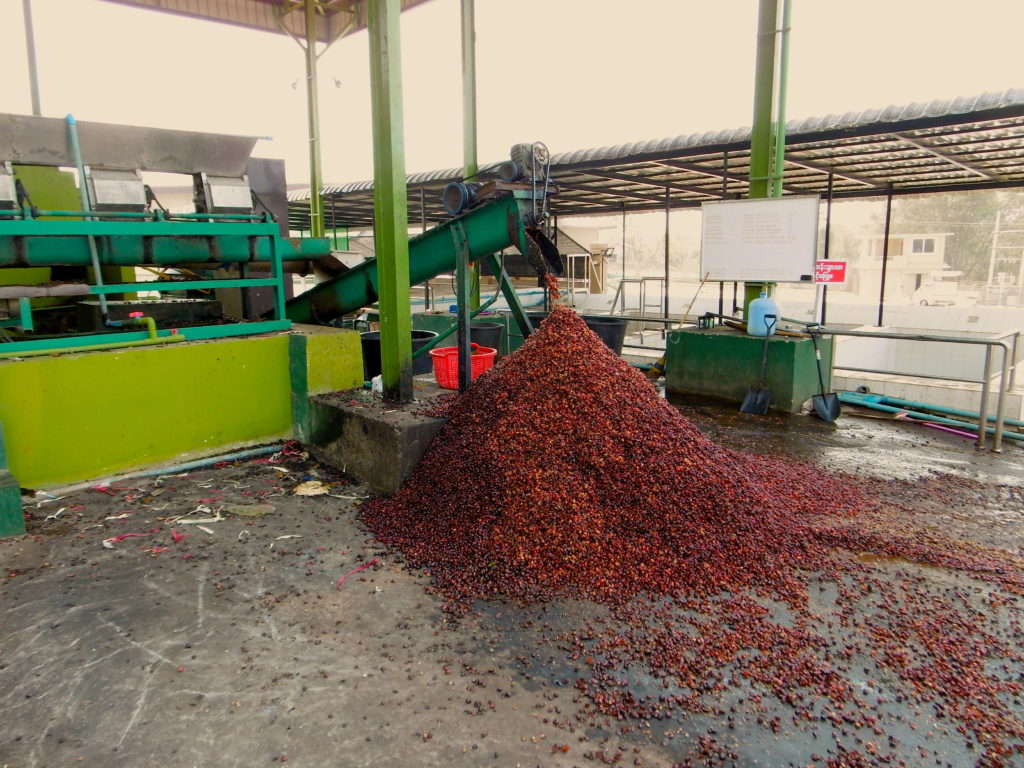
Sithar uses fully washed process with natural and honey process initiated as well to highlight flavors of the origin. Fermentation process if carefully monitored to avoid any undesirable off flavors where after the fact they are naturally sun dried to moisture level of 11-12%. The most interesting fact I found in Pyin Oo Lwin area is most coffee farms have shade grown coffee which is the most important factor for proper cherry maturation and preservation of ecosystem and biodiversity. Sithar’s farm natural forest serves as shade protection for coffee trees while only bio-fertilizers are used without any chemical impact.

The perfect climate of Pyin Oo Lwin makes it a most desirable place for Arabica coffee to thrive with an optimum daily temperature of 68F and rainfall of about 55 inches per year.

When I had an opportunity to cup this year cupping competition winners of Myanmar at Mandalay Coffee Group I was shocked and more than surprised to find out that such varietals like Catimor and S795 that usually performed poorly in cupping table changed my perception of cultivar and hidden treasures behind certain varietals we know less about. Nobody argues that growing environment and varietals used to plant coffee tree will have the huge influence on cup quality and the yield. What I’ve heard here was that the yield of Myanmar coffee is low but the farms I visited in Pyin Oo Lwin area did not complain much about the yield rather than being happy of the production they receive every season.
End of Part 1









NO COMMENT